Deep-sea sediments and foraminifera
Deep-sea sediments provide impressive archives of environmental change. These sediments typically contain small particles, including fine sands and clays that have settled on the ocean floor, which may have accumulated over millions of years. Within these sediment we often find microscopic foraminifera ‘shells’. Most of the foraminifera shells we find in deep-sea sediments are made of calcite. When these one-celled organisms construct these ‘shells’, information of the environment the lived in is stored within the shells.
Some foraminifera live ‘in-situ’ on or in sediments of the bottom ocean, called benthic foraminifera. The empty calcite shells get incorporated into the sediments at the end of their life cycle.
Other foraminifera live/float in the upper ocean and are called planktic foraminifera. At the end of their life cycle these planktic foraminifera may descend to the bottom of the ocean and become incorporated in the accumulating sediments.
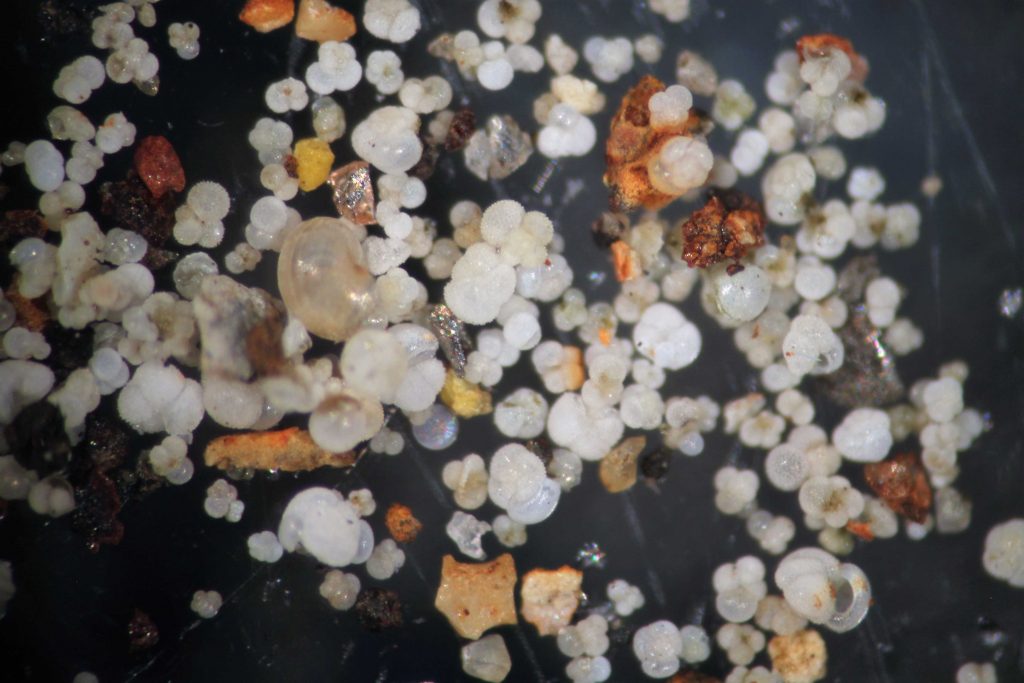
To get hold of deep-sea sediments and the foraminifera contained within them scientist go out on research vessels and take cores from the deep-sea sediments. The International Ocean Discovery Program (IODP) carries out expeditions to carry out ocean drilling, and also hosts repositories with sediment cores and samples obtained during previous expeditions, available to scientists to carry out research to better understand Earth’s history and climate change.
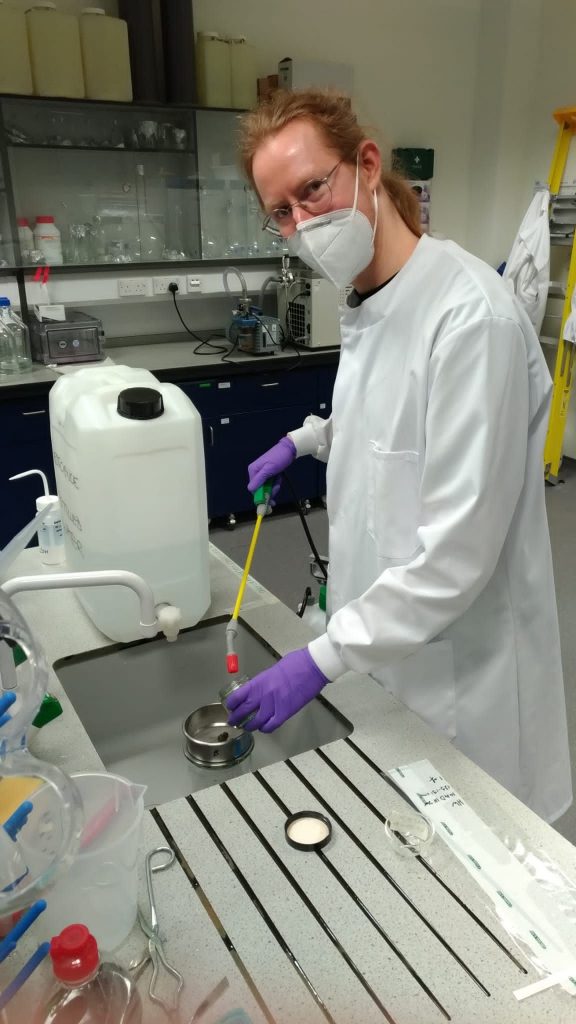
To extract foraminifera from sediment samples we gently sieve them.
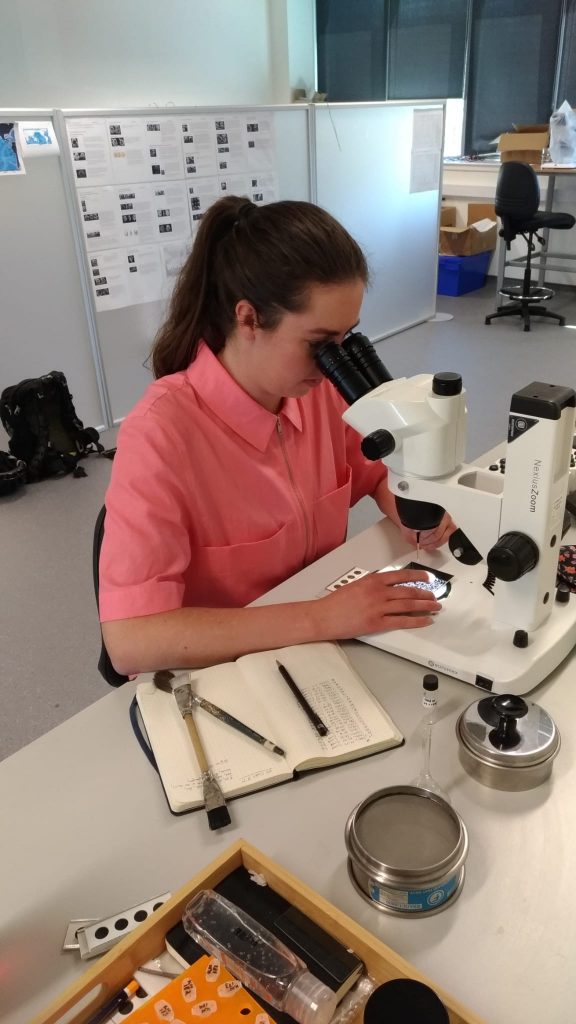
Once the sieved fraction has been dried we use binocular microscopes to pick out the tiny foraminifera using a very fine painting brush.
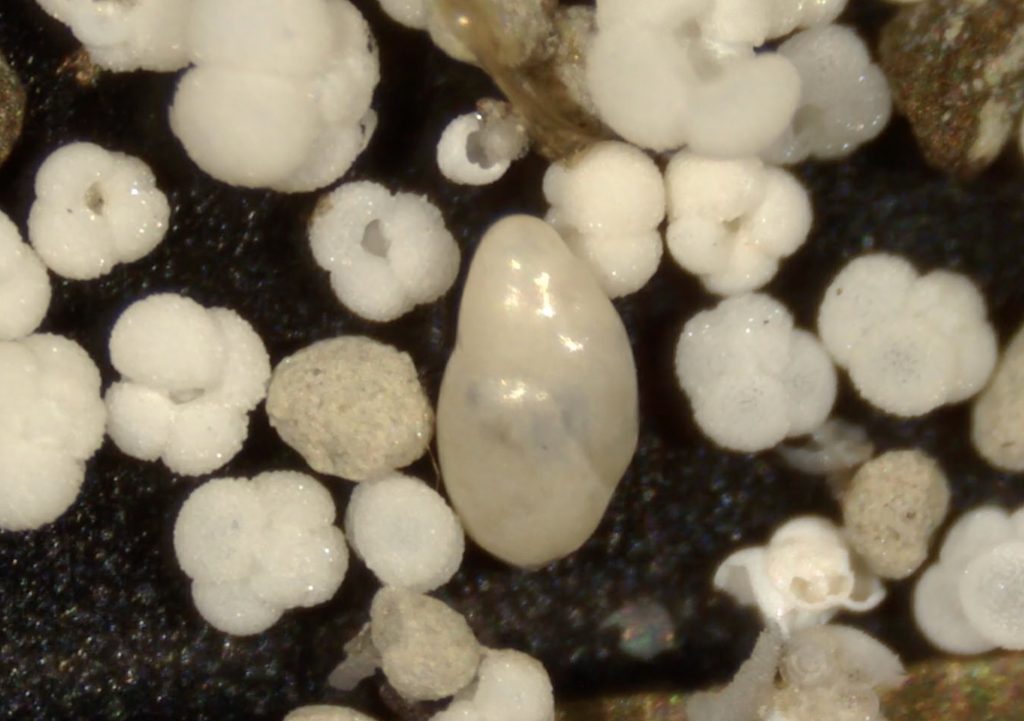
There are a variety of different species of foraminifera, each with a different story to tell. Depending on what we want to reconstruct (e.g. surface oxygen conditions), specific species of foraminifera are picked for chemical analysis. The foraminifera are first prepared in the lab using different chemical methods to ensure their shells are clean, free of anything that may compromise the authentic chemistry of their shells.
After the foraminifera have been chemically cleaned, they are dissolved in acid and analysed for their stable isotopic and trace element composition using different techniques.
The Lyell Centre is a joint collaboration between Heriot-Watt University and the British Geological Survey. The Past Climates group collaborates extensively with Simon Chenery (https://www.bgs.ac.uk/people/chenery-simon/) and Melanie Leng (https://www.bgs.ac.uk/people/leng-melanie/).
Ocean deoxygenation
Several people from the Past Climates group are carrying out research in relation to oxygen concentrations in the ocean. Observational evidence shows that the oceans have been losing oxygen since 1960. This is potentially bad news for marine organisms. All higher life needs oxygen to survive. There are naturally occurring areas in the ocean where oxygen levels are very low, and marine life very limited. Expansion of these low oxygen zones the marine ecosystems in these changing waters.
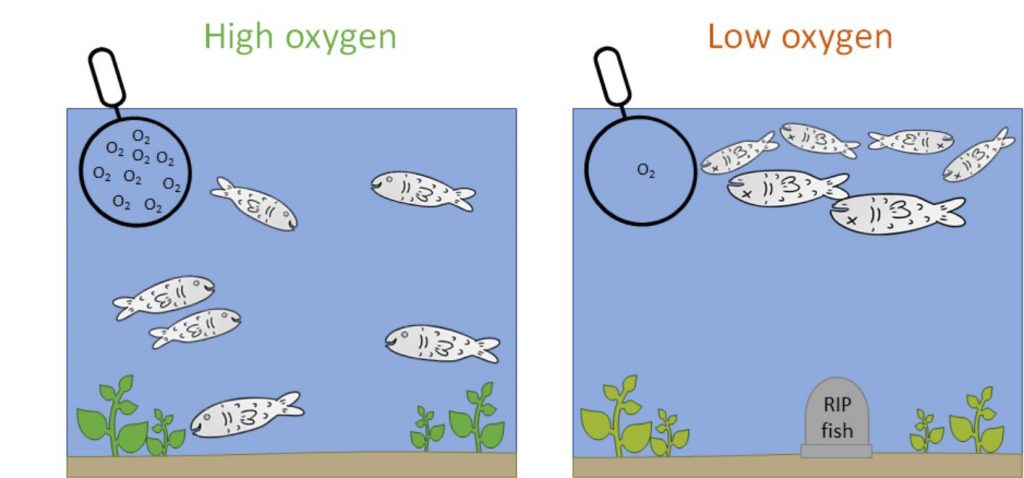
Prior to 1960 we don’t know that real time data of oxygen levels in the oceans. The sedimentary archives found in the deep-sea can provide important clues to how oxygen levels have varied going back much further in time. Have a look at our marine projects page to find out what we are currently working on in terms of ocean oxygenation.
Carbon cycling
The oxygen can carbon cycles are intimately linked. The production of organic material (land plants and algae do this) uses carbon dioxide, as well as nutrients, water and sunlight, while producing oxygen. Most organic material is broken down through aerobic remineralisation, using up oxygen and releasing carbon dioxide!
